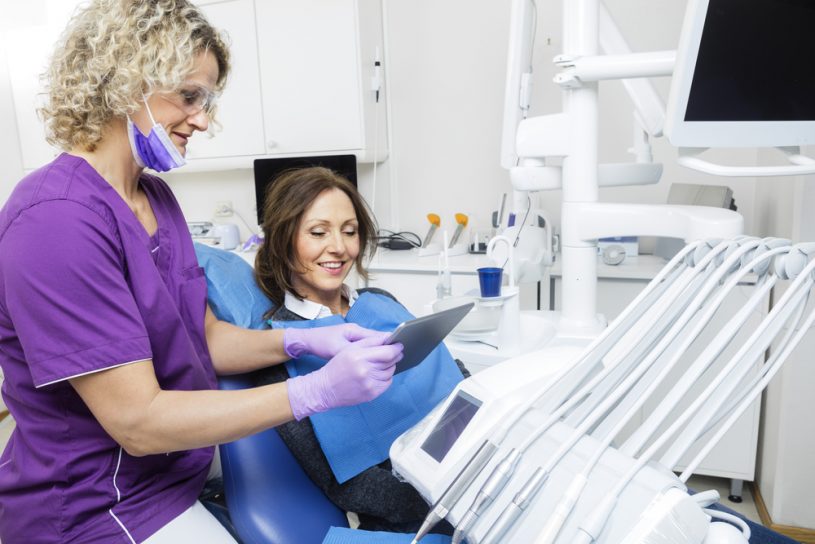Are you interested or studying to become a dental assistant? If you are you’ve probably heard or seen some dental assistants have credentials as a registered dental assistant (RDA) and credential dental assistant (CDA). What’s the difference between the two? Education is one of the significant differences since one requires more training and further study.
Before you begin your career as an RDA or CDA, here is what you need to know to see if you’re eligible or what you will need to do to get the credentials you want.
Registered Dental Assistant (RDA)
A registered dental assistant has gone through more training than other dental assistants; it is all dependant on each state’s requirements. As an RDA, you will be performing administrative duties and assist the dentist with equipment and at the chairside, in addition to performing other tasks such as x-rays, administering topical medication, taking impressions, or polishing teeth.
To gain a career as a registered dental assistant, you’re expected to complete a dental assistant program and a state license or certification. Most states required the program to be accredited by the Commission on Dental Accreditation (CODA). There are programs which last a year or less and award a diploma or certification then, there are Associate’s degree programs available but are two years to complete.
After you’ve finished an approved program, the state will administer an exam (practical, written or both) and you’ll have to meet the experience requirements need to have the RDA credential. Each state’s exam may vary, and you’ll need to take it for where you plan on practicing. Some states may mandate you to complete continuing education to maintain your registration.
Certified Dental Assistant (CDA)
A certified dental assistant assures they’re prepared to perform competently in dental care. Certification is granted by the Dental Assisting National Board (DANB) after you’ve passed an exam and met an appropriate education and experience requirement. The exam consists of three multiple-choice exams in the following areas, radiation health and safety, general chairside assisting and infection control.
The certification demonstrates you meet the DANB set standards indicating competency and reliability in dental assisting. Each state has their regulations of duties that are performed by a dental assistant so verify you know what the state requirements where you intend to practice.
As a CDA, you’ll be responsible for maintaining and updating dental records, scheduling, attend to the patient as you prepare them for the dentist, ask about their dental health, and inform them of dental healthcare techniques. You might have other tasks such as taking x-rays and molds of the patient’s teeth.
If you trained on-the-job or graduated from an unaccredited program, you’re eligible to take the national certification exam but only after having completed two years worth of full-time dental assisting work experience.
Do you have to have one of these credentials? No, but it’s not a bad idea to get registered or certified. Some employers may require one or the other or are looking to fill a dental assisting position with credentials. Having credentials is beneficial to you because you’re adding value to yourself and employer.
Ensure you know what you need for each credential to see if you’re eligible to be registered or certified. Take the steps you need to upgrade your education and professional value.







